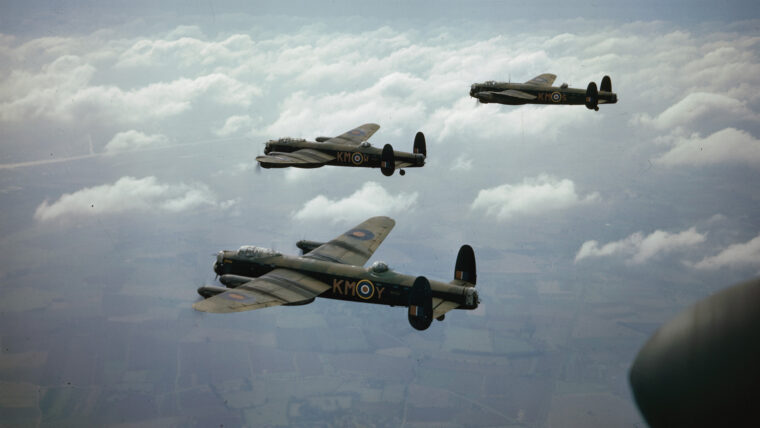
Axis
Deep Strike on Augsburg
By Allyn VannoyIn the spring of 1942, the Allies were hard pressed battling German U-boats in the Atlantic as Britain was struggling to feed its people. Read more

Axis
In the spring of 1942, the Allies were hard pressed battling German U-boats in the Atlantic as Britain was struggling to feed its people. Read more
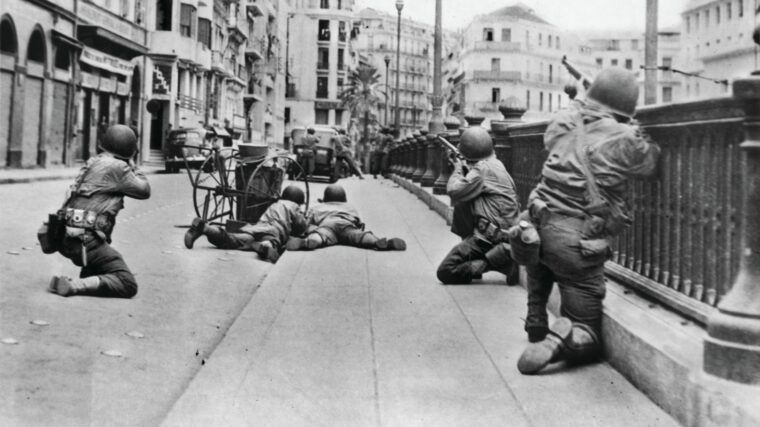
Axis
In November 1942, the Anglo-American invasion of North Africa, Operation Torch, caused a short but intense conflict with French forces loyal to the Vichy regime in power on the European mainland. Read more
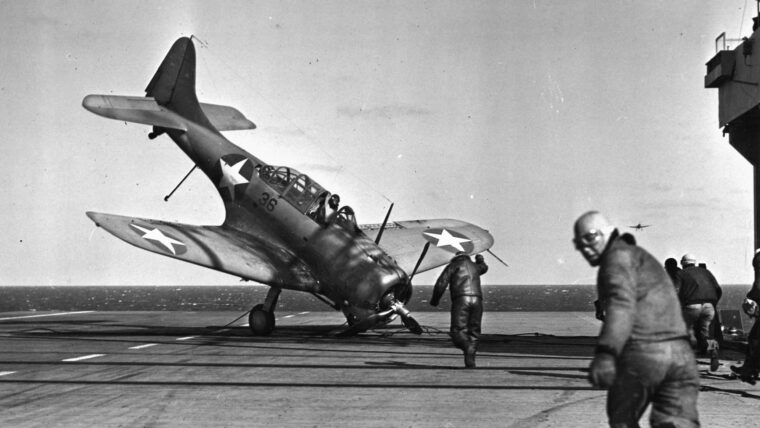
Axis
To naval aviators, any landing they could walk away from was a good landing. The escort aircraft carrier USS Charger trained men in good landings, but bad landings were also part of the education. Read more

Axis
For the Allied armies in Italy, the final winter of World War II was one of planning, replenishment, and the continuing effort to make existence in a war-ravaged land in the midst of snow and ice as bearable as possible. Read more

Axis
Promoted to full colonel in the German Army and an award of the prestigious Knight’s Cross were significant accomplishments, even in the waning days of World War II. Read more
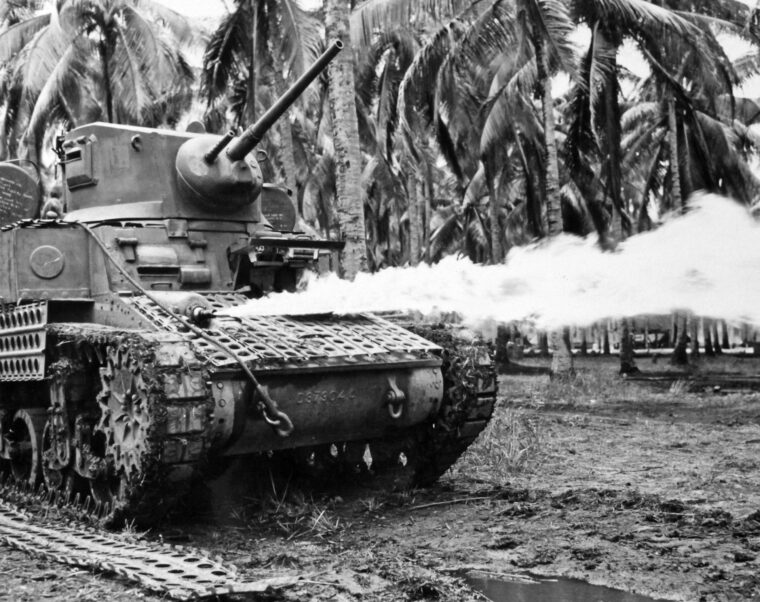
Axis
U.S. portable flamethrowers were first used in combat during the Guadalcanal campaign in January 1943. It quickly became apparent that the exposed flamethrower operator was vulnerable to Japanese small arms fire. Read more

Axis
On a bright spring day in 1944, a Luftwaffe Focke-Wulf 190 fighter encountered a formation of U.S. Read more

Axis
There was a time, in January 1944, when everyone in America had heard of Captain Henry T. Waskow from Belton, Texas. Read more
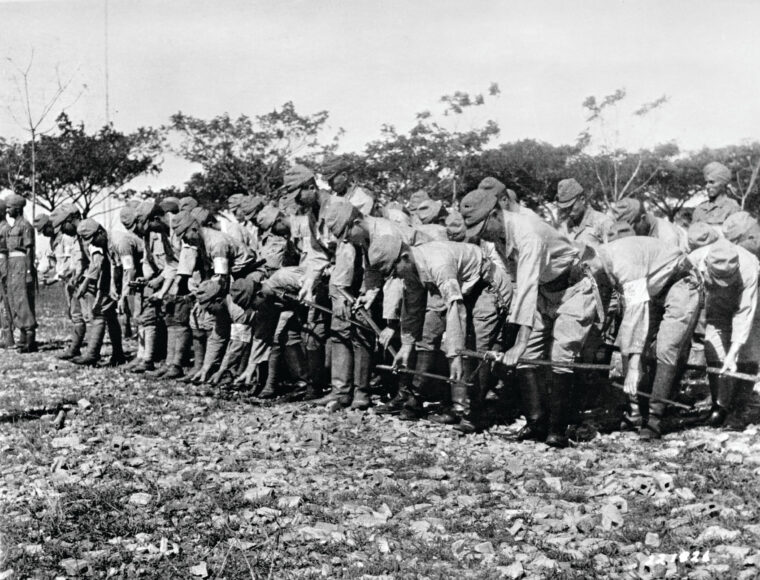
Axis
In the late 18th century, the French established Catholic missions in Indochina, and until the 1820s they enjoyed local protection, but after that persecution began and increased steadily, particularly under Emperor Tu-Duc, who reigned from 1847 to 1883 and wanted to stamp out Christianity. Read more
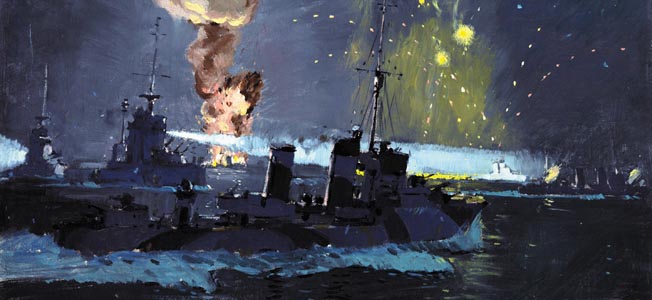
Axis
No class of ship in World War II saw more service than the destroyers of the Royal Navy. Read more
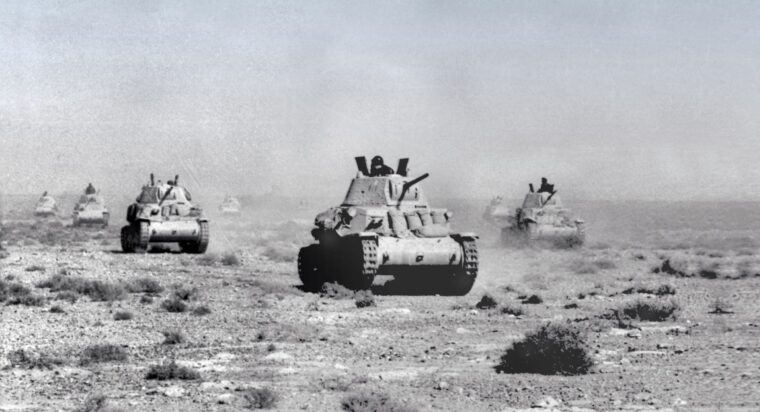
Axis
February 1941 saw the fortunes of war favor the British in the North African wasteland of Cyrenaica (modern Libya). Read more
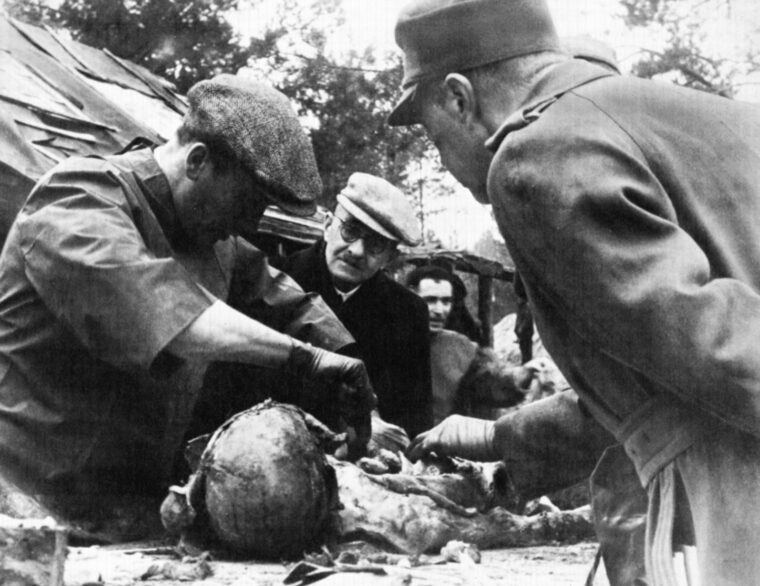
Axis
The enemy of my enemy is my friend, so an old saying goes. Perhaps it was the grandest exercise in political pragmatism and expediency that the world has ever known. Read more
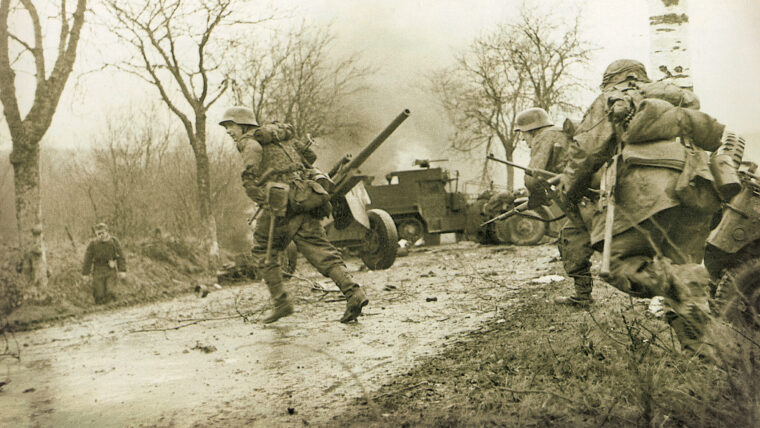
Axis
Malmédy is an attractive and prosperous town situated in eastern Belgium, 15 miles from the German border. Read more
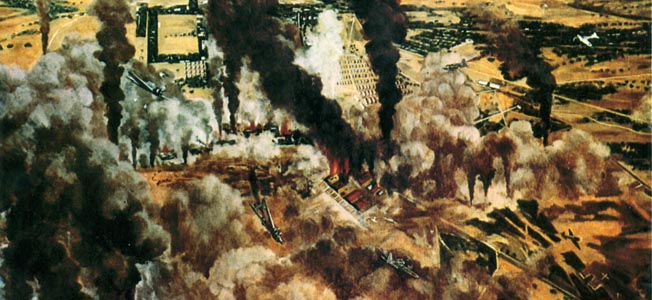
Axis
In the popular history of World War II, the assertion that the United States was caught unprepared in Hawaii and the Philippines has become widely accepted as fact. Read more

Axis
By 1939 the German Reich possessed 3,800,000 horses to be used in WWII German cavalry while 885,000 were initially called to the Wehrmacht as saddle, draft, and pack animals. Read more
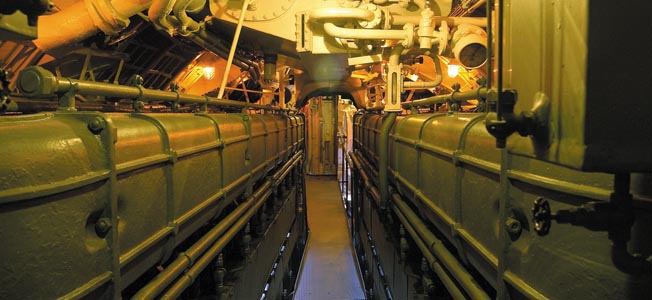
Axis
After its capture, U-505 became USS Nemo and was manned by a U.S. Navy crew. The submarine’s main duty was to sell war bonds, and the former enemy vessel visited seaports up and down the Atlantic coast during her bond tour. Read more
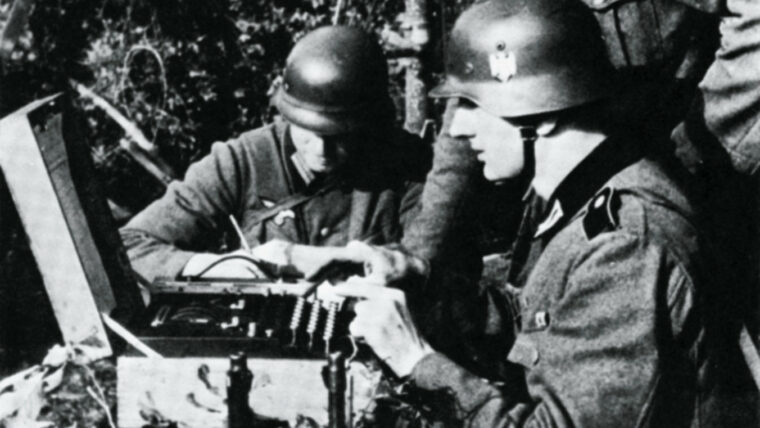
Axis
In the modern era, the majority of those accused of spying have done so for monetary purposes—the quick acquisition of wealth as opposed to ideological or philosophical reasons. Read more

Axis
“I jammed the throttle wide open and, attacking the Me-109 from the port quarter, fired one burst of four seconds and three bursts of two seconds each,” Pilot Officer William R. Read more
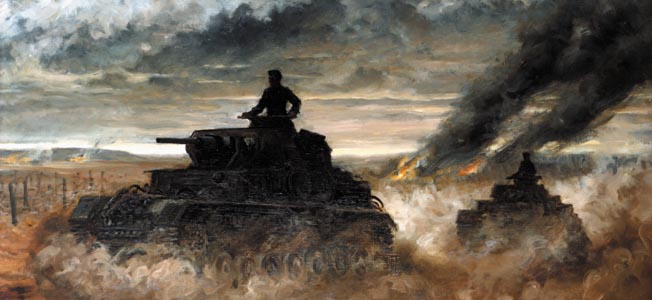
Axis
With the German Sixth Army destroyed at Stalingrad, the Soviet juggernaut lunged west and southwest across the River Donets. Read more
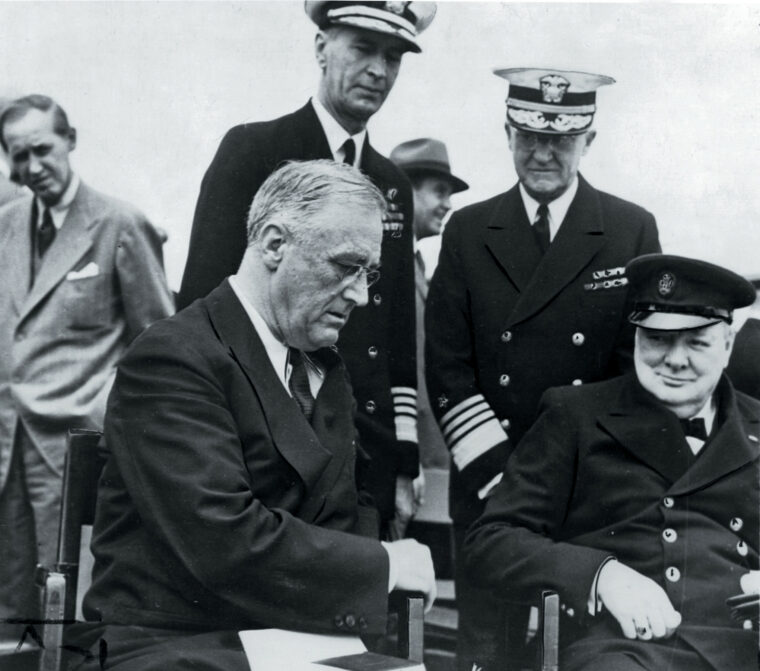
Axis
A British battleship and an American cruiser converged secretly in a remote bay on the Newfoundland coast early in August 1941. Read more